Kingdom Animalia Scientific name Dasyprocta Phylum Chordata Order Rodent | Family Dasyproctidae Higher classification Dasyproctidae Rank Genus | |
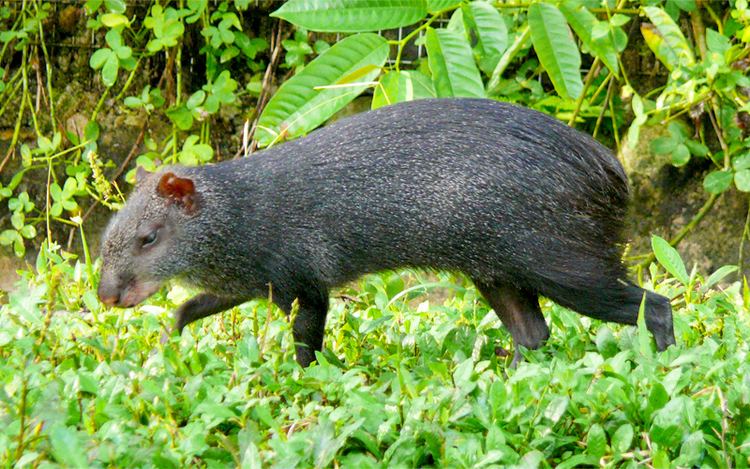 | ||
Lower classifications Central American agouti, Red‑rumped agouti, Azara's agouti, Black agouti, Black‑rumped agouti | ||
Common agouti dasyprocta
The term agouti (Spanish: agutí, [aɣuˈti]) or common agouti designates several rodent species of the genus Dasyprocta. They are native to Middle America, northern and central South America, and the southern Lesser Antilles. Some species have also been introduced elsewhere in the West Indies. They are related to guinea pigs and look quite similar, but are larger and have longer legs. The species vary considerably in colour, being brown, reddish, dull orange, greyish or blackish, but typically with lighter underparts. Their bodies are covered with coarse hair which is raised when alarmed. They weigh 2.4–6 kg (5.3–13.2 lb) and are 44.5–76 cm (17.5–29.9 in) in length, with short, hairless tails.
Contents
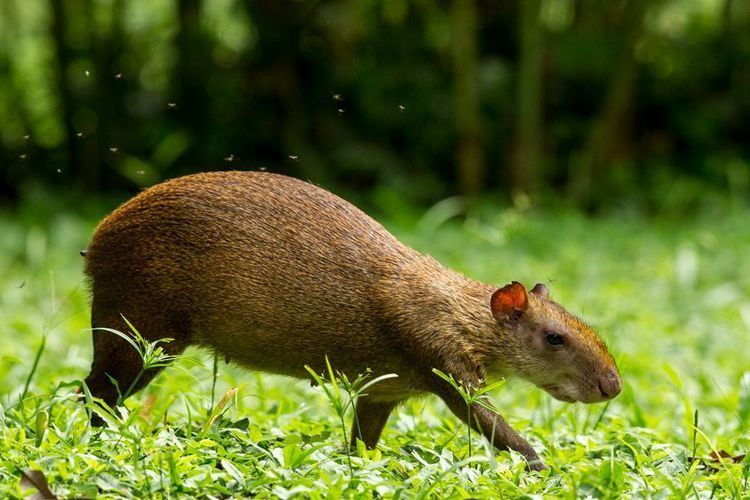
Confusingly, the related pacas were placed by some authorities in a genus called Agouti, though Cuniculus has priority and is the correct term.
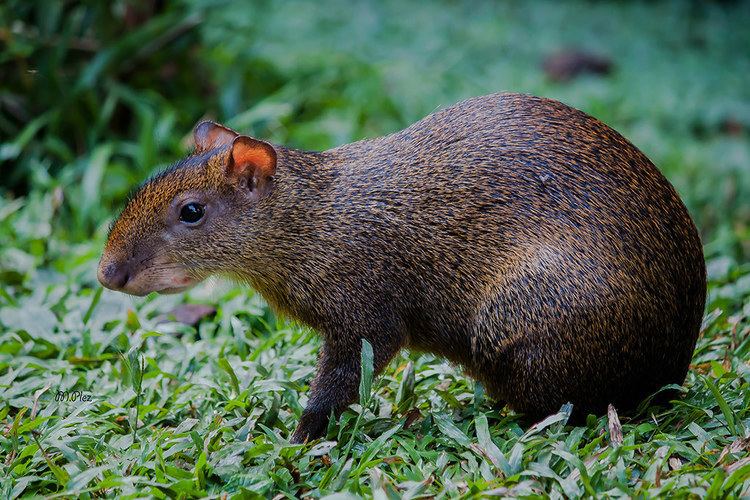
In Mexico, the agouti is called a sereque.
In Eastern Ecuador, the common agouti is known as guatusa.
Description
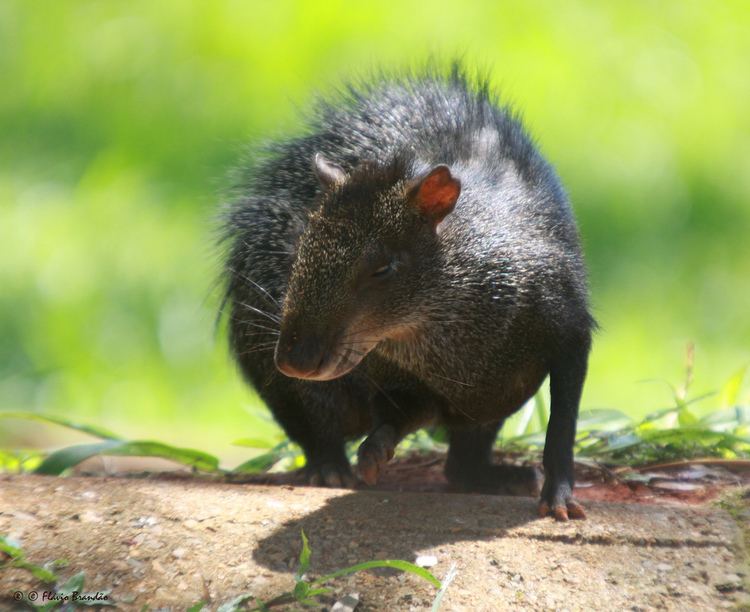
Agoutis have five front and three hind toes; the first toe is very small. The tail is very short or nonexistent and hairless. The molar teeth have cylindrical crowns, with several islands and a single lateral fold of enamel. Agoutis may grow to be up to 60 cm (24 in) in length and 4 kg (8.8 lb) in weight. Most species are brown on their backs and whitish or buff on their bellies; the fur may have a glossy appearance and then glimmers in an orange colour. Reports differ as to whether they are diurnal or nocturnal animals.
Behaviour and habits
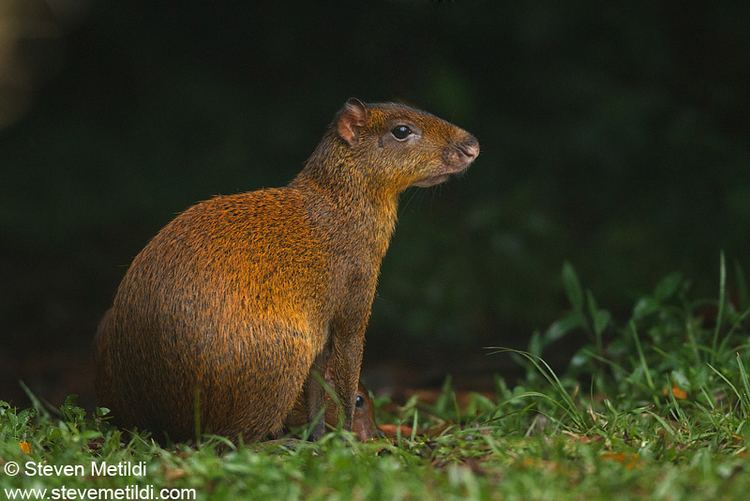
In the wild, they are shy animals and flee from humans, while in captivity they may become trusting. In Trinidad, they are renowned for being very fast runners, able to keep hunting dogs occupied with chasing them for hours.
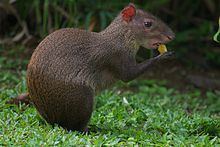
Agoutis are found in forested and wooded areas in Central and South America. Their habitats include rainforests, savannas and, nowadays, cultivated fields, depending on the species. They conceal themselves at night in hollow tree trunks or in burrows among roots. Active and graceful in their movements, their pace is either a kind of trot or a series of springs following one another so rapidly as to look like a gallop. They take readily to water, in which they swim well.
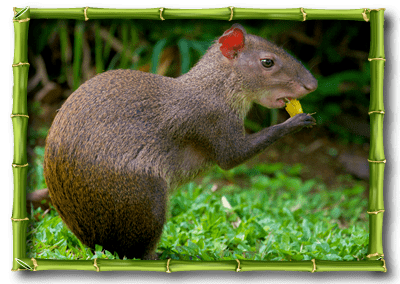
When feeding, agoutis sit on their hind legs and hold food between their fore paws. They may gather in groups of up to 100 to feed. They eat fallen fruit, leaves and roots, although they may sometimes climb trees to eat green fruit. They will hoard food in small, buried stores. In a pinch, they have also been seen eating the eggs of ground-nesting birds and even shellfish on the seashore. Sometimes, they can cause damage to sugarcane and banana plantations. They are regarded as one of the few species (along with Macaws) that can open Brazil nuts without tools, mainly thanks to their strength and exceptionally sharp teeth.
Breeding
Agoutis give birth to litters of two to four young after a gestation period of three months. Some species have two litters a year in May and October, while others breed year round. Young are born into burrows lined with leaves, roots and hair. They are well developed at birth and may be up and eating within an hour. Fathers are barred from the nest while the young are very small, but the parents pair bond for the rest of their lives. They can live for as long as 20 years, a remarkably long time for a rodent.
